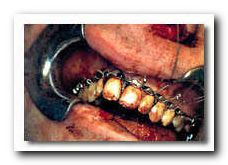Safety Huber Needle
Safety Product Category
Safety Huber Needle
K-Shield Advantage™ Port Access Infusion Needle

Kawasumi brings you K-Shield AdvantageTM, a totally integrated device for optimal non-coring Huber needle stick protection. K-Shield complies with all OSHA standards and has unmatched advantages.
It’s been carefully designed with user needs in mind. For example, it’s clinician friendly and easy to use, especially when activating the safety mechanism. The audible click can be heard clearly to acknowledge the needle is locked and enclosed during activation. Kawasumi’s K-Shield port access infusion sets are available in both straight tubing and needleless “Y” site offerings. And, pinch clamps are color coded according to needle gauge.
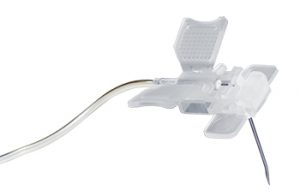
Of course, you’re concerned about patient comfort. Kawasumi has addressed this issue with a lubricated needle which reduces patient discomfort when port is accessed as well upon needle removal.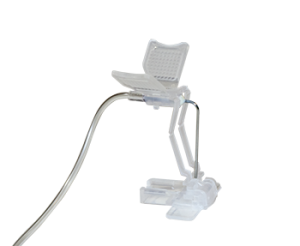
Also, K-Shield has one of the lowest profiles in the industry, making dressings simple and efficient. This also improves patient comfort during long infusion times. The ridges on the bottom plate enable skin to breath, further improving patient comfort.
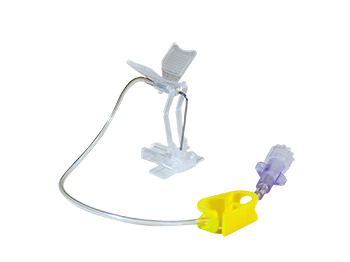
Safety Heel Stick Devices
Safety Product Category
Safety Heel Stick Devices
Heel sticks with a standard needle or lancet create potential needlesticks to healthcare workers and others.

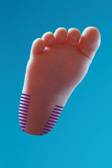

Unistik 3 Neonatal featuring Comfort Zone Technology is an extremely easy and comfortable way to obtain a blood sample.
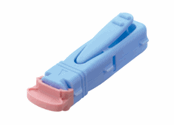
It is designed to ensure the highest level of safety for the healthcare professional and their patients.
The Unistik 3 lancet is pre-set and covered with a protective sterile cap. There is no need to load the lancet or prime the device prior to use. You simply twist off the protective cap and 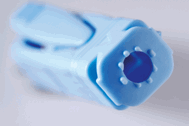 the device is ready for use.
the device is ready for use.
The Unistik 3 lancet is pre-set and covered with a protective sterile cap.
The Unistik 3 needlepoint is hidden before use and automatically retracts after use to avoid needlestick injuries and cross infection.
Unistik 3 has an additional visual lockout feature. Should an attempt be made to misuse the device by trying to re-prime the lancet there is a clear indication to the operator that the device has been used and should be disposed of in a suitable sharps container.
The Unistik 3 Neonatal device is designed especially for blood sampling from the babies’ heel with a puncture depth of only 1.8mm. The lancet has Special Asymmetric Grinding to give optimal blood flow and reduced pain for the baby.
Safety Flu Immunization Syringes
Safety Product Category
Safety Flu Immunization Syringe
Headline Text
Body text goes hereSafety Drug Reconstituttion Systems
Safety Product Category
Safety Drug Reconstituttion Systems
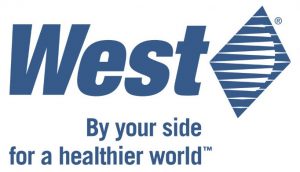
The MixJect™ System
The MixJect™ system enables the safe, rapid and easy preparation of lyophilized drugs. MixJect is a single unit for reconstituting a powder drug with a diluent prefilled syringe.
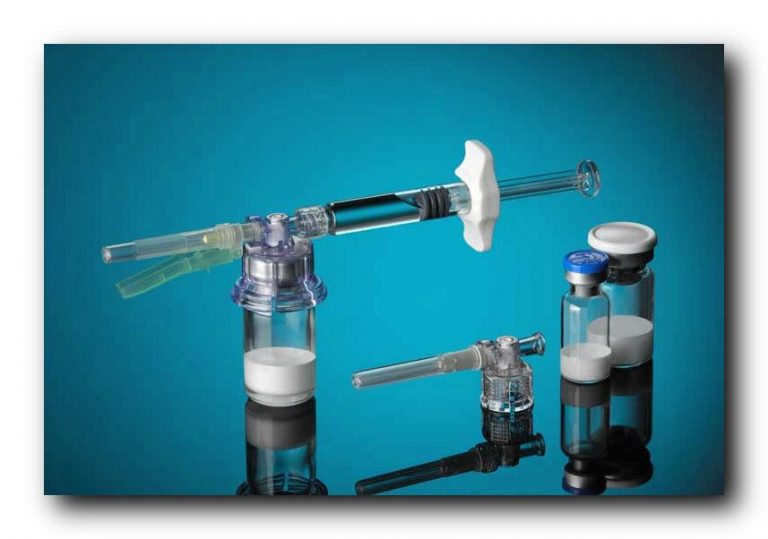


The Mix2Vial™ Needleless System
Mix2Vial™ needleless system enables simple, fast, vial-to-vial transfer and mixing between two vials for the reconstitution of lyophilized drug products.

The Needleless Transfer Device
The Needleless Transfer Device enables the rapid transfer of a diluent into powder vials for mixing and drug reconstitution. The use of a single device allows a closed system preparation.
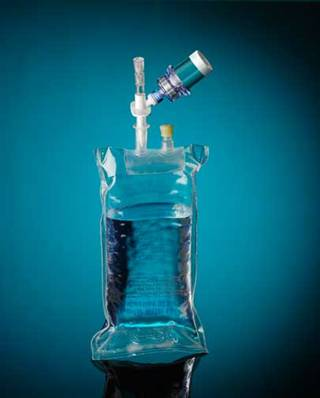


Vial Adapters
Vial adapters enable rapid drug transfer and reconstitution and are a cost-effective solution for the safe and rapid transfer and reconstitution of drugs between vials. Adapters enable the optimal aspiration of mixed and reconstituted drugs.
Safety Cord Clamping/Cutting
Safety Product Category
Safety Cord Clamping/Cutting
Safety Cord Blood Collection
Safety Product Category
Safety Cord Blood Collection


Safety Cerclage Cables
Safety Product Category
Safety Cerclage Cables
During hip replacement and treatment of associated peri-prosthetic fractures, it is often necessary to hold the bone or fragments of bone together to create a stable environment for healing to occur. This is typically done with metal wires or cables using a technique called Cerclage (ser-klahzh.) A cerclage wire or cable is wound around a bone or bony fragments to hold them together to allow them to heal.
Although wire cerclage has had numerous applications in orthopedics as a primary method of fracture fixation it also has several disadvantages. Monofilament wires are prone to breakage. Multi-filament cables are subject to fatigue and fraying, releasing metallic particulate debris into the body. The metal wire or cable can break causing an interruption of the blood supply to the bone. The metal can also fray and fret causing tissue irritation and a source of bloodborne pathogen exposure to clinicians. Newer safety products are available that can help minimize this risk
SuperCable Iso-Elastic Cerclage
Imagine being an orthopedic surgeon and knowing that your patient’s artificial hip is worn out or loose. You have made the necessary incisions and are now ready to insert your hands into the open wound so that you can palpate around the hip to see the extent of the damage.

As you get ready to place your hands into the tissue, you think to yourself “I have a pretty good chance of getting stuck on a cabling wire that is surrounding the bone. Will I get stuck? What was this patient’s hepatitis or HIV status?”
What would you do? This is a real concern facing surgeons and their staff every time that they perform an orthopedic surgery.
During hip replacement and treatment of associated peri-prosthetic fractures, it is often necessary to hold the bone or fragments of bone together to create a stable environment for healing to occur. This is typically done with metal wires or cables using a technique called Cerclage (ser-klahzh.) A cerclage wire or cable is wound around a bone or bony fragments to hold together to allow them to heal.
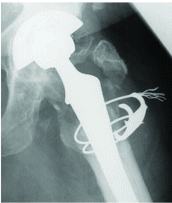
Wire cerclage cables have several disadvantages and are prone to breakage. They are subject to fatigue and fraying, releasing metallic particulate debris into the body.
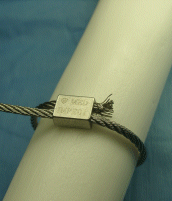
When trimmed to length the traditional cerclage cabling has many sharp ends that can tear gloves resulting in the loss of valuable operating room time to change gloves. It also can injure the clinician. Sharp metal cable ends can cause “wire stick” type injuries that pose a risk of disease transmission to surgeons and surgical staff. When a clinician is stuck by one of these wires it can tear the glove breaking the sterile barrier thereby placing the patient at risk of infection and exposing the clinician to blood-borne pathogens.

A new product can eliminate “wire stick” injuries to clinicians. The SuperCable Iso-Elastic Cerclage, is manufactured by Kinamed Inc. (Camarillo, CA, USA) and has been used in several thousand procedures worldwide since being introduced in 2003. This elastomeric polymer cable consists of a nylon core encased in a jacket of ultra-high-molecular-weight polyethylene (UHMWPE) braided fibers.
This combination of materials results in a flexible, soft cable that exhibits extremely high fatigue strength. Fatigue failure is primary mode of failure of metallic cerclage wires and cables.
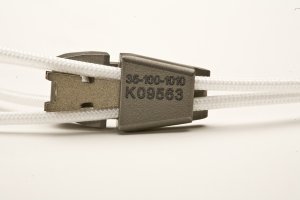
The SuperCable system cables can be re-tensioned effectively when multiple cables are applied. This reduces the need to cut off and discard metal cables that have become loose after additional cables have been applied and tensioned. Over time, this feature will reduce the total number of cables required for a given procedure.
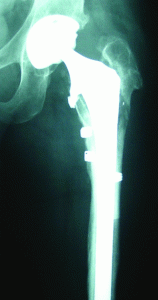
Post operative x-ray of four SuperCables wrapped around an allograft strut and hip prosthesis in revision hip replacement surgery. Note the SuperCables are radiolucent except for their locking clasp.
The SuperCable has fatigue strength superior to both metal wire and cables thereby reducing complications due to breakage. It also eliminates cable-generated metal particle debris that has been shown to greatly increase wear in adjacent total joints.
The cables are easy and quick to manipulate within the wound. Since the product is made of a polymer it contains no metal cable that can contact metallic implants and has no sharp ends to irritate patient tissue or cut surgeon’s gloves
Safety Capillary Blood Collection Systems
Safety Product Category
Safety Capillary Blood Collection Systems
Headline Text
Body text goes hereMiniCollect® Capillary Blood Collection System
The special circumstances relating to blood collection from small children places extra demands on the performance of a capillary blood collection system. Therefore, optimizing the technical aspects of the blood collection system can contribute to a simplified collection procedure.
The new MiniCollect® tube shape is designed to facilitate thorough mixing of the blood with individual tube additives. The incorporated skirt at the base of the tube allows for the tube to be left safely standing when necessary.
A visual control of the filling quantity is possible via graduation marks. The flexible rubber cap is equipped with so-called “Cross-Cuts“, which allow for filling or the collection of the blood sample without the need for opening the tube. This closed system prevents any aerosol effect and therefore any contamination.
MiniCollect® tubes can be used in conjunction with either a funnel or a capillary. Greiner Bio-One is certified to ISO 9001 and EN 46001. For more information: www.greiner-bio-one.com

Safety Blood Donor Needles
Safety Product Category
Safety Blood Donor Needles
Safety blood donor needles help to transfer blood from a blood donor into donor bags. Following the blood donation the needle is retracted or shielded to prevent needlestick to healthcare workers and others.
DONORCARE® NEEDLE GUARD
The DonorCare® Needleguard is a simple but effective needle guard. It has been developed as and aid in the prevention of needle stick injury to the healthcare worker, donors, cleaning staff, contaminated waste disposal staff and the public at large.
Donor Care® locks into the SampLok® protecting both the donor and sampling needles.
The hinged assembly provides flexibility allowing the Donor Care® to be attached during blood collection or at the time of blood pack manufacture
The Donor Care® and SampLok® are compatible for use with current blood collection sets produced by all major manufacturers.
Features
- Immediate shielding of needle on withdrawal from vein
- The needle shielding is always engaged from behind the needle assembly
- Prevents rotation of needle hub, reducing risk of haematoma formation
Donor Care® has a two-stage engagement mechanism:- Engaged position: Stabilises the needle hub whilst allowing for needle adjustment during collection
- Locked position: Shields and locks the needle preventing any possibility of needle stick injury
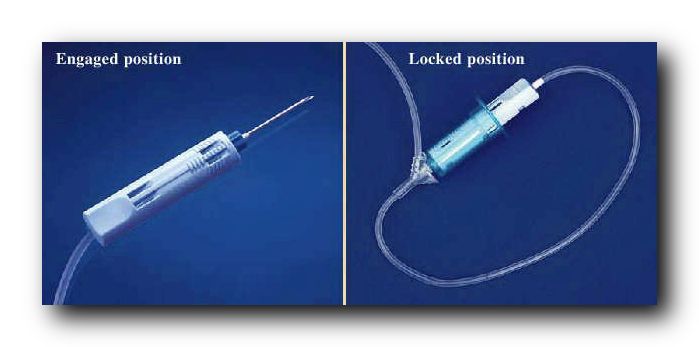

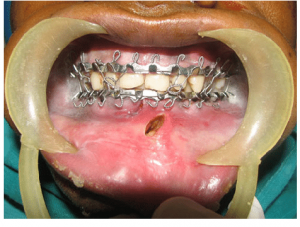 ng percutaneous injuries. The HIV or Hepatitis status of patients is rarely known. This sets up an unacceptable risk for the clinician. Newer methods of intermaxillary fixation can minimize these risks.
ng percutaneous injuries. The HIV or Hepatitis status of patients is rarely known. This sets up an unacceptable risk for the clinician. Newer methods of intermaxillary fixation can minimize these risks.